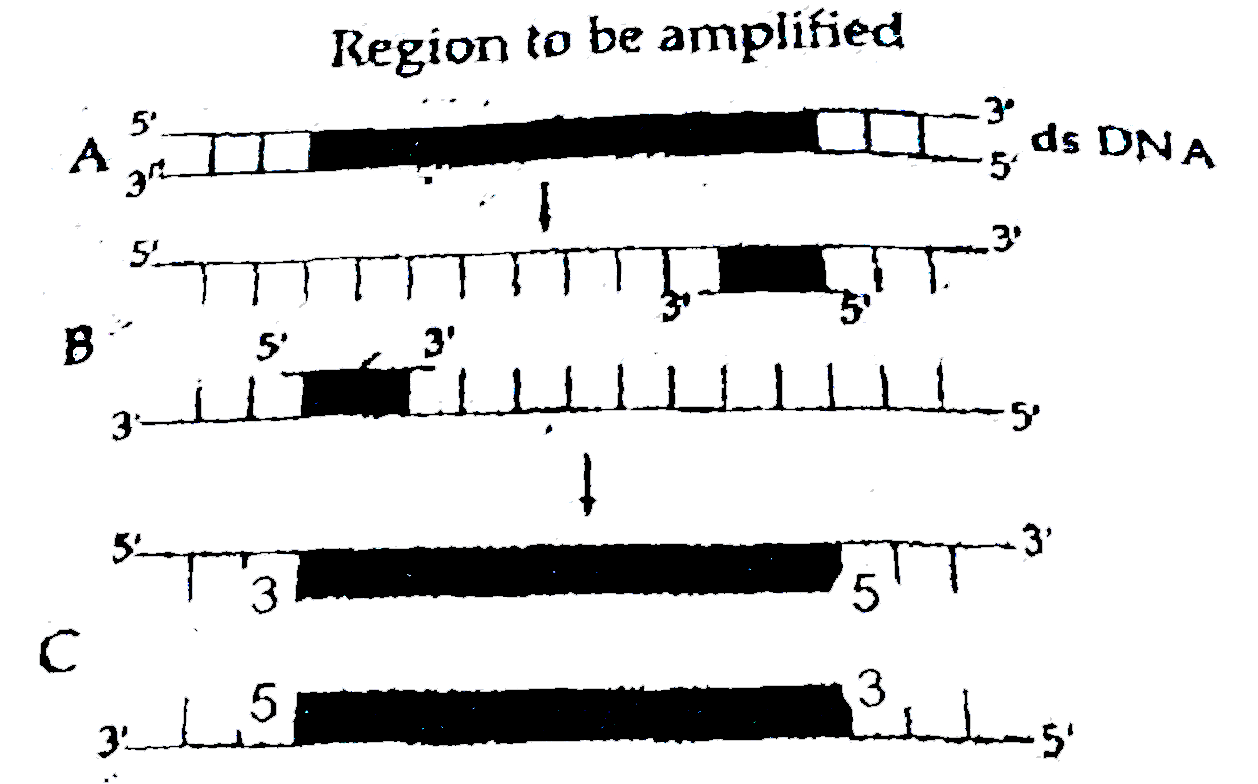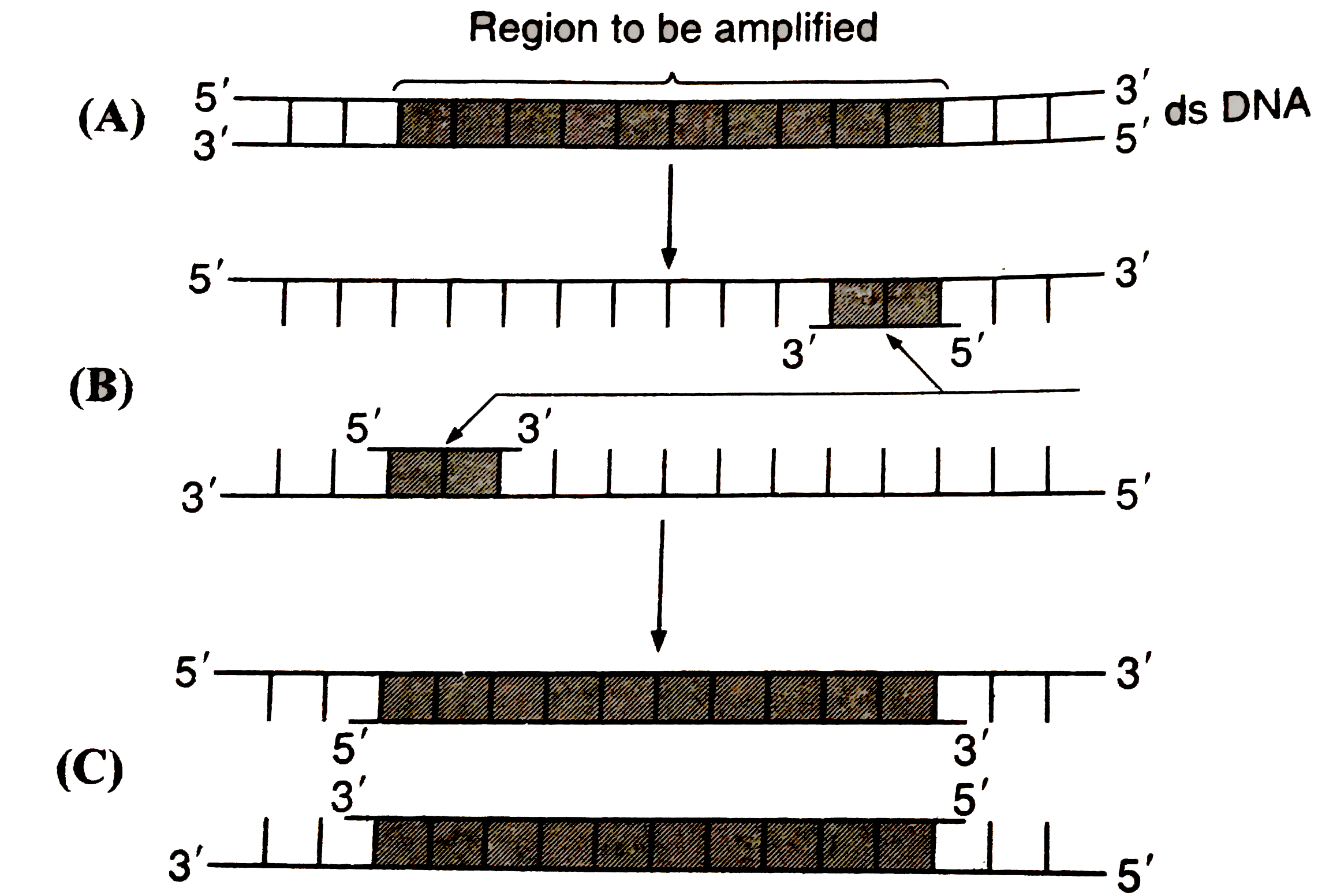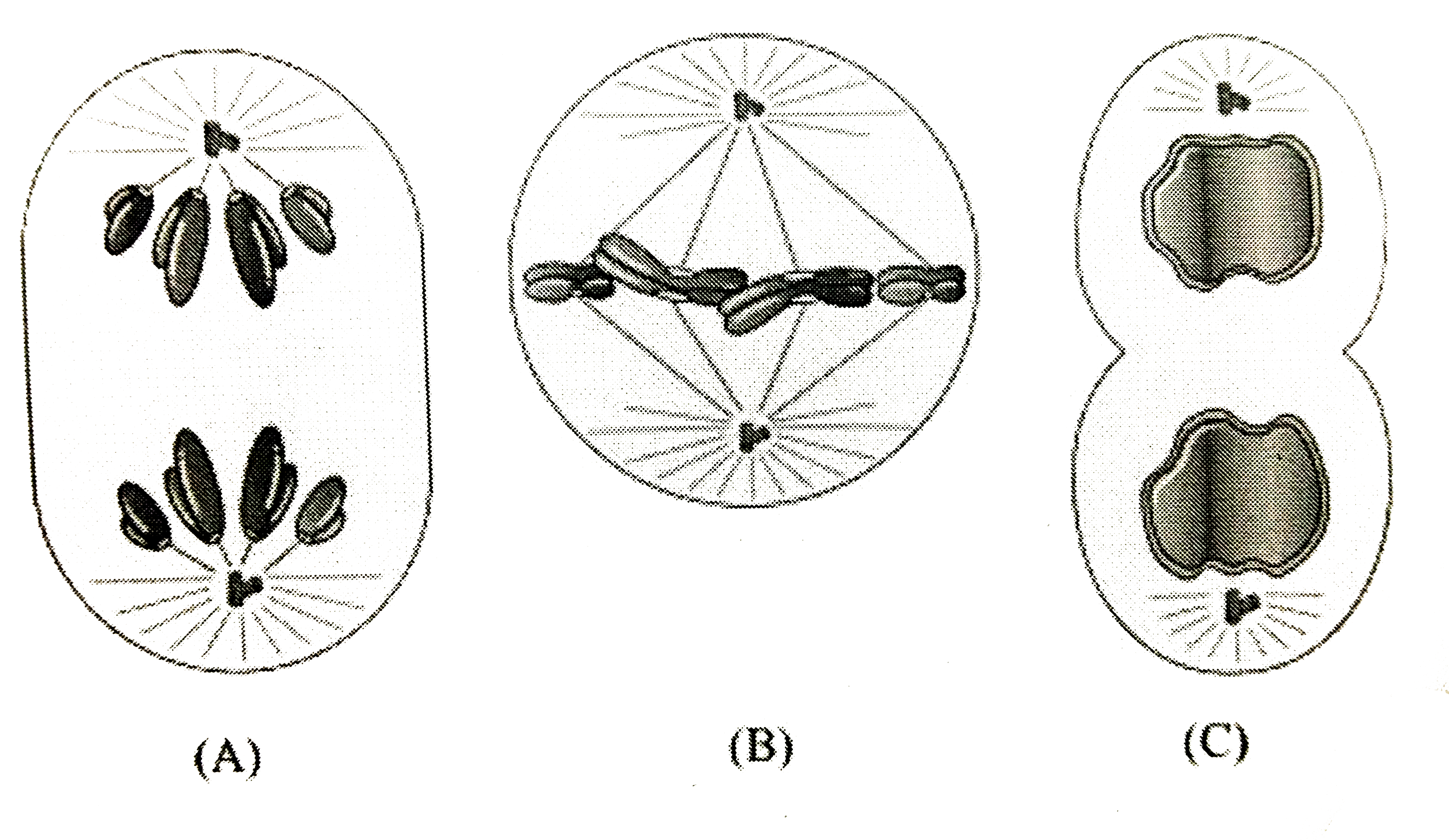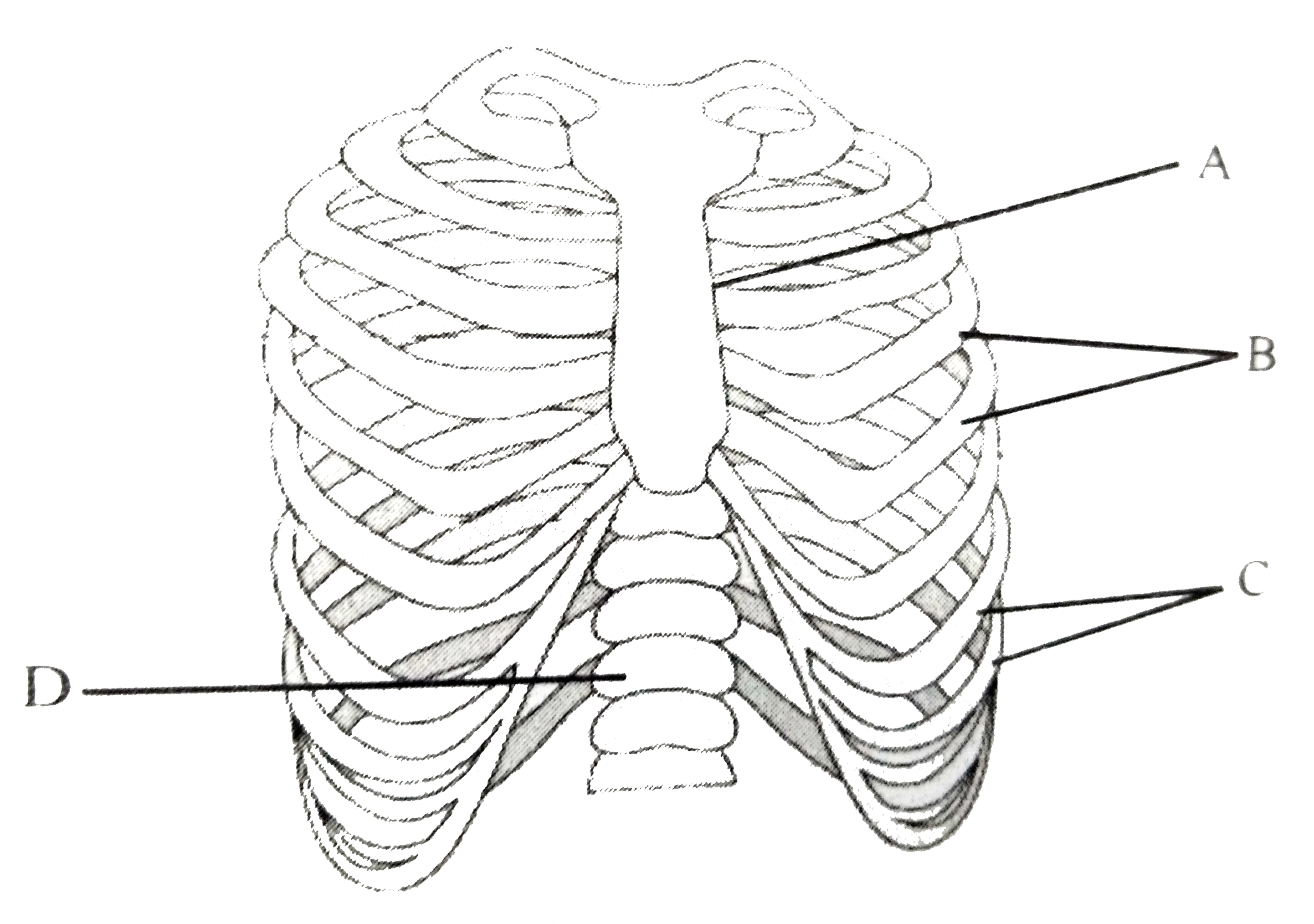The figure below shows development of follicles (A, B, C, D). Select the option giving correct identification together with its function?

B – Secondary Follicle – secretes progesterone
D – Corpus albicans – Secretes estrogen
A – Tertiary follicle – Secretes FSH & LH
C – Corpus luteum – Secretes progesterone
The correct Answer is:D
Step by step video, text & image solution for The figure below shows development of follicles (A, B, C, D). Select the option giving correct identification together with its function? by Biology experts to help you in doubts & scoring excellent marks in Class 12 exams.
Topper's Solved these Questions
Similar Questions
The figure below shows three steps (A , B, C) of polymerase chain reaction (PCR) . Select the option giving correct identification together with what it represent ?
 View Solution
View SolutionThe figures below shows three steps (A,B,C) of polymerase chain reaction (PCR). Select the option giving correct identification together with what it represents ?
 View Solution
View Solution
Knowledge Check
- Question 1 - Select One
The figures below shows 3 phases of mitosis select the option giving correct identification together with the correct event ?
 AC-Telophase-Nuclear envelope assembles around the chromosome clusters.BB-Anaphase-Segregation of homologous chromosomes.CA-Prophase-Chromosomes get fully condensedDC-Metaphase-Condensation of chromatin to from chromosome.
AC-Telophase-Nuclear envelope assembles around the chromosome clusters.BB-Anaphase-Segregation of homologous chromosomes.CA-Prophase-Chromosomes get fully condensedDC-Metaphase-Condensation of chromatin to from chromosome. - Question 2 - Select One
The figure below shows three steps (A,B,C) of Polymerase Chain Reaction (PCR). Select the option giving correct identification togather with what it represents
 AB-Denaturation at a temperature of about 98∘C separating the two DNA strandsBA-Denaturation at a temperature of about 50∘CCC-Extension in the presence of heat stable DNA polymeraseDA-Annealing with two sets of primers
AB-Denaturation at a temperature of about 98∘C separating the two DNA strandsBA-Denaturation at a temperature of about 50∘CCC-Extension in the presence of heat stable DNA polymeraseDA-Annealing with two sets of primers - Question 3 - Select One
The figure below shows three steps (A , B, C) of polymerase chain reaction (PCR) . Select the option giving correct identification together with what it represent ?
 AB-Denaturation at a temperature of about 90∘ C separating the two DNA strandsBA-Denaturations at a temperature of about 50∘ CCC-Extension in the presence of heat stable DNA polymeraseDA-Annealing with two sets of primers
AB-Denaturation at a temperature of about 90∘ C separating the two DNA strandsBA-Denaturations at a temperature of about 50∘ CCC-Extension in the presence of heat stable DNA polymeraseDA-Annealing with two sets of primers
The figure below shows three steps (A,B,C) of Polymerase Chain Reaction (PCR). Select the option giving correct identification togather with what it represents
 View Solution
View SolutionThe figure shows ribs and rib cage labelled with A,B,C and D. select the option which gives correct identification :−
 View Solution
View SolutionSelect the correct option of organelle with its function.
View SolutionFigure shows blood circulation in humans with lables A to D. Select the option which gives correct identification of label and functions of the part
 View Solution
View SolutionThe figure given below shows the sectional view of ovary. Select the option which gives correct identification of marked structure (A to D) and its feature
 View Solution
View Solution
